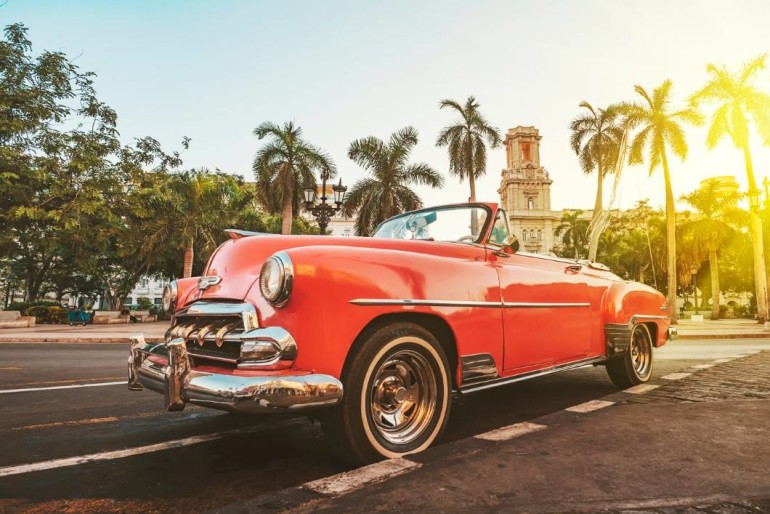Sponsored Listings:
In 2019, Cuba received less than 4.3 million foreign tourists, accounting for a 9.3% year-on-year decrease credited to the U.S. tightening of the embargo and the bankruptcy of British tour operator Thomas Cook, according to the National Statistics Office of Havana.
The official figures released last week revealed the full numbers of Cuba’s tourism fall. From January to December, 4,275,558 travelers arrived on the Island, 436,352 less than in 2018.
The number is still below the 4.3 million expected by Cuban authorities, which lowered their forecasts for 2019 several times due to the pressures of the United States and the tightening of the embargo.
In December of last year, 378,690 visitors traveled to Cuba, 76,200 less than over the same period of 2018, a decrease of 16.8%.
Canada, the largest source market of Cuba, kept its position and recorded 1.1 million arrivals, growing 0.9%, followed by Cubans expats (623,972), which increased by 3.9%.
Russia was the fastest-growing source market in 2019, with an almost 30% increase compared to 2018. Meanwhile, arrivals from the United States fell by 21.9% (40,351 fewer visitors).
Last year, the administration of the U.S. President Donald Trump imposed new restrictions on Americans traveling to Cuba, banned all U.S. cruise ships to the Island, and limited commercial flights and charters to the Havana airport as a part of its measures to undermine the Cuban economy.
However, the “hardest blow” comes from Western Europe, having five of the top ten source markets decrease (France, Germany, UK, Spain, and Italy), explains Cuban economist Pedro Monreal.
“The combined decrease of these five markets (193,961 fewer travelers) is 1.38 times greater than the contraction of American visitors (139,840),” says the expert.
This decrease, which highlights the dramatic fall in arrivals from the UK (almost 40%), is explained by the bankruptcy of Thomas Cook, which accounted for most of the British arrivals to Cuba and made it the fifth market on the Island in 2018.
Tourism is Cuba’s third source of income, accounting for 10% to the GDP and creating approximately half a million jobs.
In 2016 and 2017, the country set new records for international arrivals, when 4.5 and over 4.6 million tourists arrived, respectively.
This tourist boom happened as relations between Havana and Washington seemed to resume, as diplomatic ties between both countries were reinstated in 2015, but now go through a rough patch since President Donald Trump took office in 2017.
The streak of growth continued in 2018 with more than 4.7 million tourists. Initially, Cuban authorities remained optimistic and forecasted 5.1 million arrivals for 2019, estimates later revised downwards, first to 4.7, and lastly to 4.3 million. Cuba’s tourism fall has been evident for several months.
Source: tourism-review.com










